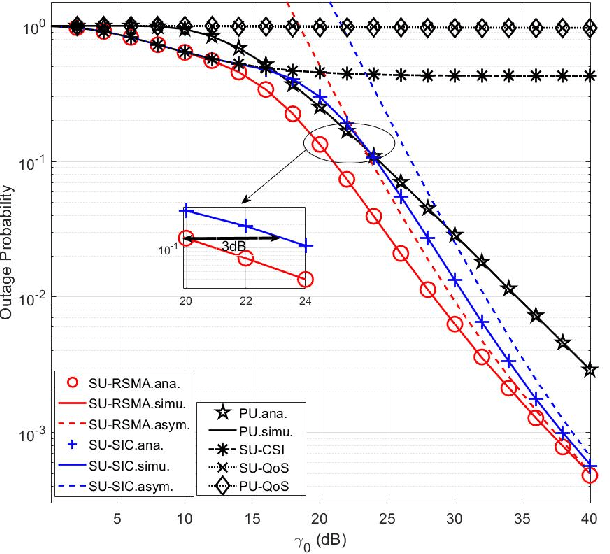Xiao Yue
GIN-Graph: A Generative Interpretation Network for Model-Level Explanation of Graph Neural Networks
Mar 08, 2025Abstract:One significant challenge of exploiting Graph neural networks (GNNs) in real-life scenarios is that they are always treated as black boxes, therefore leading to the requirement of interpretability. Model-level interpretations explain what patterns maximize probability of predicting to a certain class. However, existing model-level interpretation methods pose several limitations such as generating invalid explanation graphs and requiring extreme fine-tuning on hyperparameters manually. In this paper, we propose a new Generative Interpretation Network for Model-Level Explanation of Graph Neural Networks (GIN-Graph), to generate reliable model-level explanation graphs. The implicit and likelihood-free generative adversarial networks are exploited to construct explanation graphs similar to original graphs, meanwhile maximizing the prediction probability for a certain class by adopting a novel objective function. Experimental results indicate that GIN-Graph can be easily applied to GNN models trained on a variety of graph datasets to create meaningful explanation graphs without requiring extensive fine-tuning on hyperparameters.
Cognitive Radio Inspired Uplink Rate-Splitting Multiple Access
Apr 14, 2022



Abstract:With the exponential increase of the number of devices in the communication ecosystem toward the upcoming sixth generation (6G) of wireless networks, more enabling technologies and potential wireless architectures are necessary to fulfill the networking requirements of high throughput, massive connectivity, ultra reliability, and heterogeneous Quality of Service (QoS). To this end, schemes based on rate-splitting multiple access (RSMA) are expected to play a pivotal role in next generation communication networks. In this work, we investigate an uplink network consisting of a primary user (PU) and a secondary user (SU) and, by introducing the concept of cognitive radio (CR) into the RSMA framework, a protocol based on RSMA is proposed. This protocol aims to serve the SU in a resource block which is originally allocated solely for the PU without negatively affecting the QoS of the PU. Moreover, a similar but simpler protocol based on successive interference cancellation is proposed. We derive closed-form expressions for the outage probability of the SU for the two proposed protocols, ensuring that there exists no negative impact for the PU. To obtain further insights, asymptotic analysis is performed and the corresponding diversity gains are presented. In the numerical results, we validate the the theoretical analysis and illustrate the superiority of the proposed protocols over two benchmark schemes.
 Add to Chrome
Add to Chrome Add to Firefox
Add to Firefox Add to Edge
Add to Edge